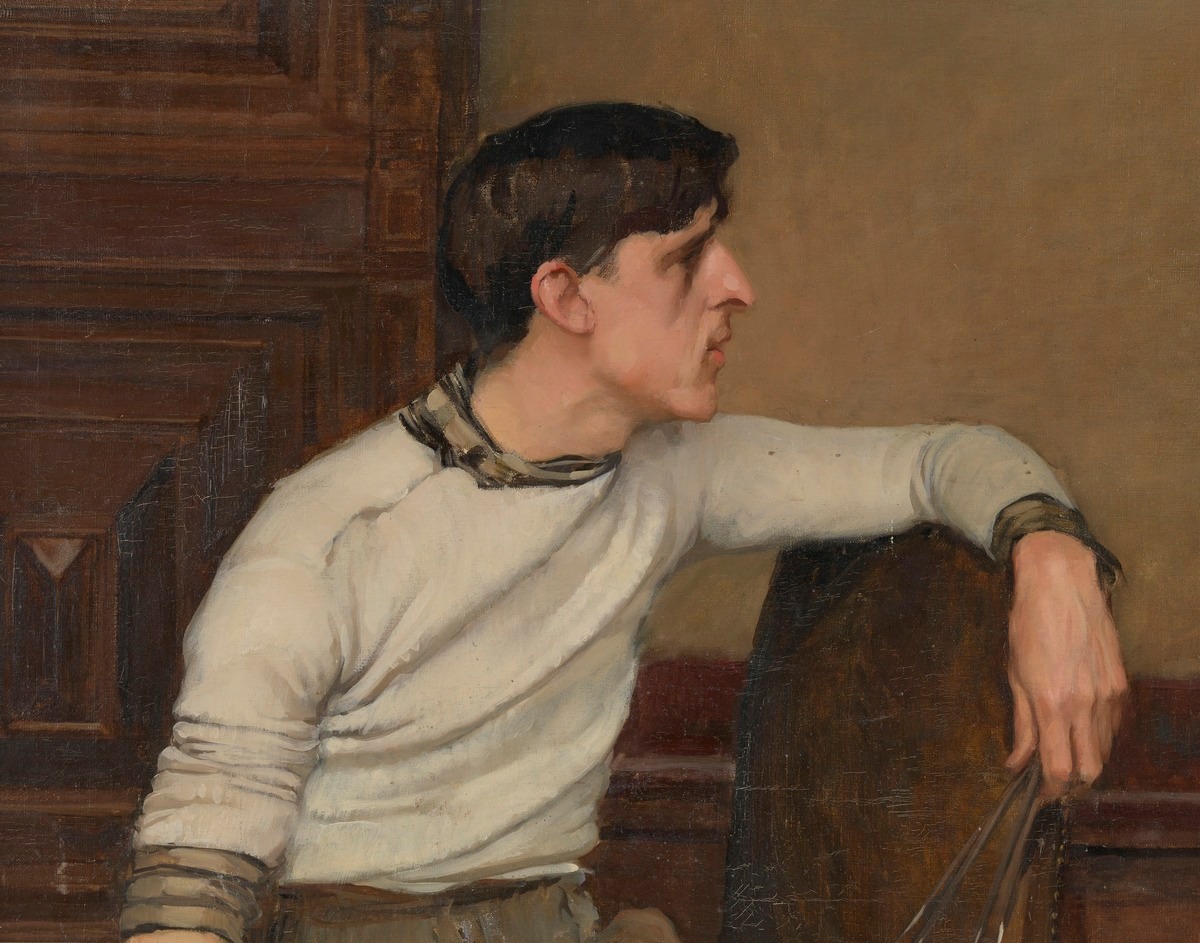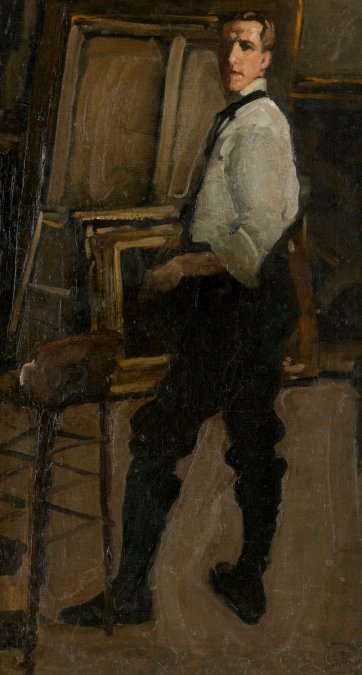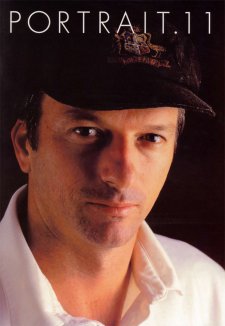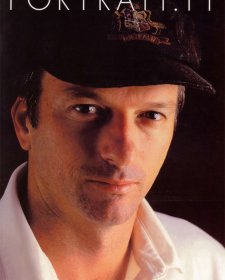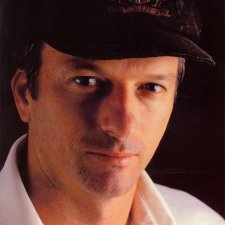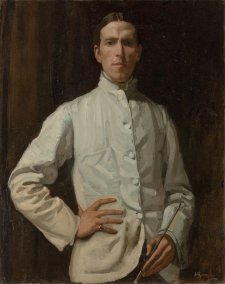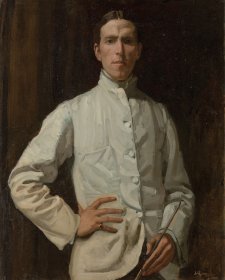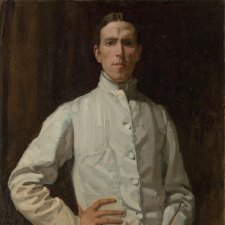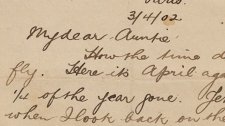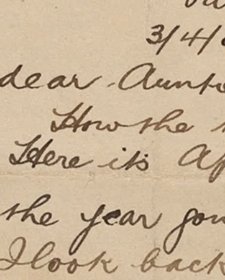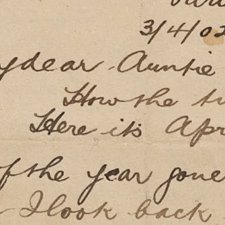Of all the promising moments in the history of Australian art, the coming together of a group of brilliant young Australian students in Paris in the first years of the twentieth century is arguably the best.
Hugh Ramsay was recognised as one of the best students of his generation at Melbourne's National Gallery School and although he failed to win the coveted Travelling Scholarship, had his supporters, and they helped him raise sufficient funds to allow him to continue studies in Paris. He arrived there at the beginning of 1901. He shared a studio in Montparnasse with two other Melbourne students who had begun at the National Gallery School, Ambrose Patterson and J.S. MacDonald. George Lambert, the most gifted student to emerge from Sydney's art training in the 1890s, became a near neighbour.
Of this group Ramsay was never to fulfil his early promise. He was forced by incipient tuberculosis to return to Australia in 1902, and died of the disease in 1906 at the age of 28. Ambrose Patterson had only moderate success following his return to Australia and he eventually went to live and teach in the United States. J.S. MacDonald became a writer, critic and gallery director. Perhaps unfairly, MacDonald's career is now remembered only for the stubborn opposition to modernism he developed in the 1930s. Lambert, on the other hand did live up to early expectations; he went on to an exhibiting and painting career in London, became Australia's best war artist, and on his return to Australia in 1921 was the most spectacularly successful figurative painter of the decade. He died in 1930. Lambert famously said of Ramsay; 'Had he lived longer he would have beaten the lot of us.'
During the Paris years 1901-2, Hugh Ramsay painted numerous self-portraits. The works range greatly in size and approach; some are highly finished, others rapidly sketched. The unifying feature of these portraits is a rich tonality - the quality Ramsay's first biographer Edward A. Vidler described as 'the Velasquez touch'. The seventeenth-century Spanish painter was revered by artists such as Ramsay for his great tonal precision combined with masterly handling of paint. In Ramsay's self-portrait recently bequeathed to the National Portrait Gallery, the dramatic top light sculpts the face in deep chiaroscuro and falls on a stack of gilt frames, described with a few luminous strokes of dragged paint. The tucked-in trouser legs give the figure the faint suggestion of a seventeenth-century courtier.
Also bequeathed to the National Portrait Gallery is Ramsay's profile portrait of Ambrose Patterson. Patterson was a useful model for Ramsay, appearing in a full length portrait now in the National Gallery of Victoria to which the artist gave the title A student of the Latin Quarter. The head study, too, was originally a full length painting that Ramsay gave to the sitter. At some point in its history it was damaged and Patterson cut the canvas down to its current size. It is a quietly and intimately observed painting. As Patricia Fullerton observes in her monograph on Ramsay, 'the simple profile of Patterson's upper torso and head turned to one side emphasises his long neck and gaunt features. Interestingly, this is the profile Patterson chose to depict, reflected in the mirror, in his own self-portrait [in the National Gallery of Australia].'
Along with George Lambert's 1923 self-portrait and Ramsay's portrait of Nellie Melba, painted in 1902 (illustrated on page 8, of this issue of Portrait) the bequest of John Oswald Wicking has added depth to the National Portrait Gallery's representation of the portraits of some of the most conspicuously brilliant cultural figures of the early part of the twentieth century.
